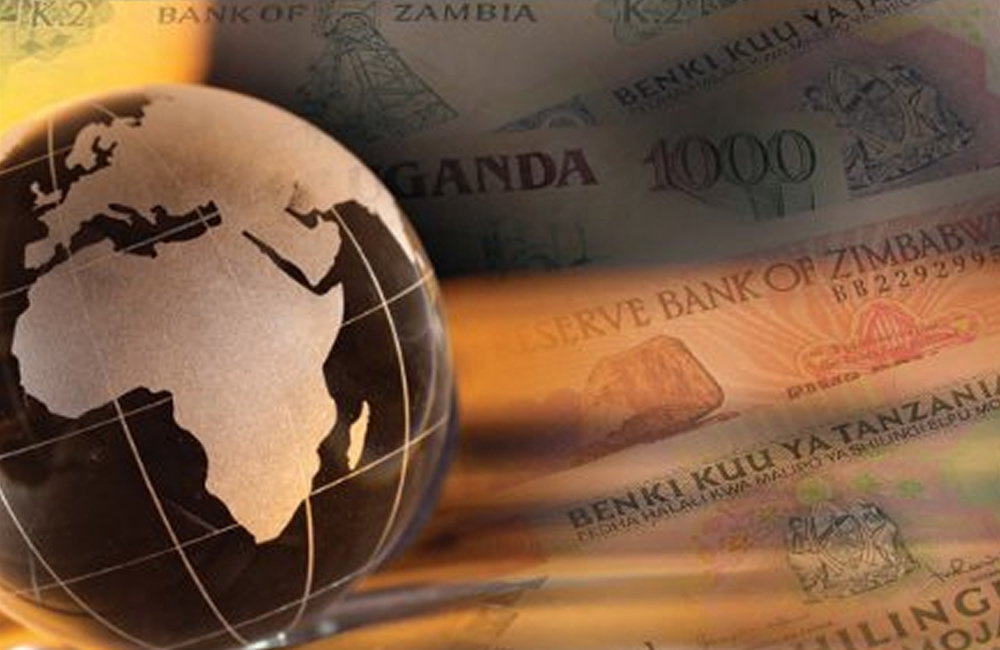This paper aims to study the effect of debt on economic growth of 19 developing countries over the period 1990-2011, through the use of a dynamic panel data model. The second part of this paper involves an empirical study of the effect that debt have on the contribution of investment to economic growth. The main statements issued from these two empirical tests stipulate a negative effect of the total external debt to GDP and external debt as a percentage of GNI ratio on economic growth and a negative interaction between these two debt’ measures and investment.
The external debt was an important stimulator of economic growth and a way to balance the budget. Moreover, public debt, especially foreign debt, has an independent existence outside the budget and public finances. So the debt is a universal phenomenon found in all countries. As a result, the inevitability of public debt is recognized accordingly. The loan is one of the main components of modern public finance. It is considered a temporary but complex resource. Indeed, this variable is closely related to the budget deficit. Economies that are at the initial stage of their development have a limited stock of capital and often offer more profitable investment opportunities than mature economies. What threatens by debt these countries? However, the accumulation of debt helped to finance many unprofitable, unrealistic and low efficiency projects that induced negative impact on growth. Indeed, the deterioration in the international economic environment of the eighty centuries (80) characterized by fluctuating exchange rates , the decline in commodity prices and rising interest rates, the debt of Africa become an obstacle to its development and full refund almost hypothetical.
It in this context that our research works whose main objective is to study the impact of external debt on economic growth in some developing countries. Thus, our problem looks as follows: What is the effect of the financing by external debt on economic growth? The methodology to answer this problem has led us to develop our work in two sections. The first is devoted to the empirical literature on the relationship between external debt and economic growth, while the second will focus on definitions’ variables, their sources and the interpretations of the results of the econometric study.The econometric investigation conducted as part of this research provides a dynamic range of 19 developing countries over the period 1999-2011.
Empirical studies show a correlation between external debt and economic growth are abundant. We will discuss in what follows some of them. Krugman (1988), Sachs (1989), Froot (1989) showed that the accumulation of debt and debt servicing are a tax on future production and discourages investment by crowding. In their work, Eichengreen and Portes (1986) were interested in identifying the determinants of the stock of debt of thirty countries at a given time (1955). Indeed, excessive debt and defaults tend to reduce the real rate of growth and the credibility of the state. Also, Claessens (1990), Warner (1992) and especially Borensztein (1990) identified the debt service as a determinant which influences negatively the external debt through econometric models on debt data of the Philippines, the outstanding and the ratio of debt service on exports have generally an inverse effect on private capital formation and encourage the country into debt.

